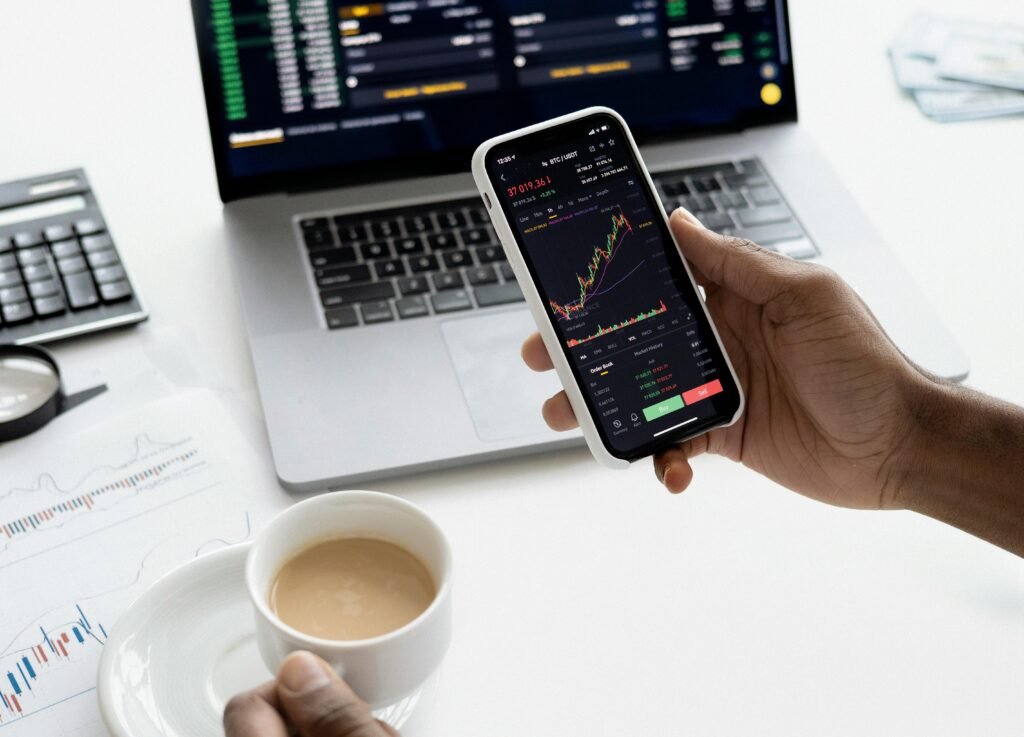Driven by the current cost of living crisis where savings are failing to keep pace with inflation, trading is becoming more popular with UK residents. Playing the financial markets offers an opportunity to make quick gains on your funds, supporting short-term spending needs. However, these rewards come with risks, and traders must be prepared for potential losses, too.
Gain the fundamental knowledge you need to start your trading journey – and do so safely – in this beginner’s guide to online trading.
Understanding the basics
Online trading is the buying and selling of financial instruments through web-based platforms. These instruments range from bonds – fixed-income loans – to goods and currency.
Prior to the Internet, traders operated through brokers. These are experts privy to the movements of the stock exchange, trusted to make effective choices on behalf of their clients. Now, investors can act independently, accessing the financial markets directly and deciding which financial assets to buy and sell – and when.
Before diving in, it’s crucial to understand some essential trading terms:
- Market order – an instruction to buy or sell immediately at the current market price
- Limit order – sets a specific price at which you’re willing to buy or sell
- Bid-ask spread – difference between the buyer’s best offer and the seller’s lowest price
- Liquidity – how easily an asset can move around the market without affecting its value
Setting up your account
Selecting a reputable online broker is a critical step. Look for brokers regulated by the Financial Conduct Authority such as Tradu as these platforms are compliant with industry standards and protect the interests of investors. You can use comparison websites to assess your options, taking note of the platform features, customer support and required fees.
Opening a trading account typically involves providing personal information and completing a verification process. Most brokers offer various methods for funding your account, such as bank transfers, credit/debit cards and electronic wallets. Ensure these pages are encrypted.
Developing a plan
A trading plan is essential to success – and, more importantly, safeguarding against unsustainable losses. A plan allows you to clearly define your goals, calculate how to reach them and identify your risk tolerance to balance speed with safety. Begin by considering how much capital you are able to risk without denting your essential spending and researching which types of trading might be most beneficial.
Remember to prioritise risk management in your strategy. Effective techniques include using stop-loss orders, which automatically sell a position at a predetermined price to limit losses, and diversifying your portfolio rather than putting all your eggs in one basket.

Practising trading strategies
The best way to get to grips with online trading is to practise the various strategies. Most platforms and apps allow you to make a demo account to test your skills with virtual money. This is a valuable way to gain experience and confidence without risking real funds.
Discover which markets you are most comfortable in, simultaneously building an understanding of typical trends and indicators of when to buy and sell to maximise profit. For some, fast-paced day trading is easier to track while others might prefer the short-term gains of swing trading over several weeks.
To read more, Click Here
